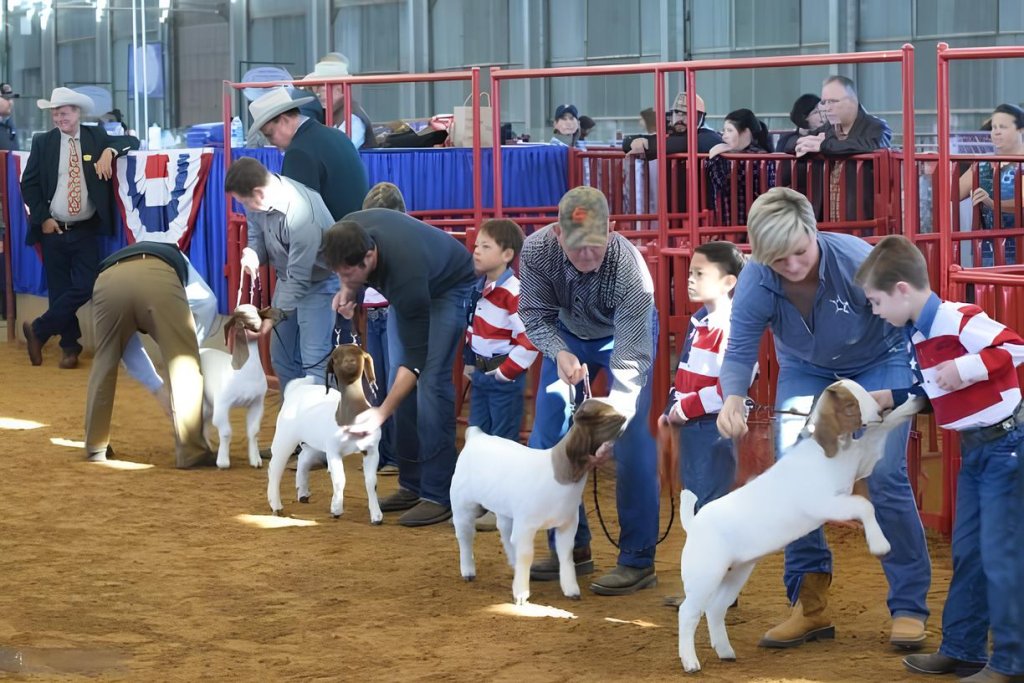If it were easy, everybody would do it! Such is the case with buying, breeding, and taking care of a wether goat for a goat show. It’s a process that requires commitment, skill, discipline, and lots of supervision if you’re not an expert goat breeder.
This information is not to scare you away from a goat show but to make our readers understand realistic timelines, efforts, routines to follow, and, most importantly, all the points to consider while selecting a goat and planning for the final show.
If the final show is in February, you must start the process several months before, around February or May.
Want to expand your knowledge? Our previous blog post on wether goat meaning offers a comprehensive look into this subject.
So buckle up as we explore this topic further!
1. A Mentor in Need is A Mentor Indeed
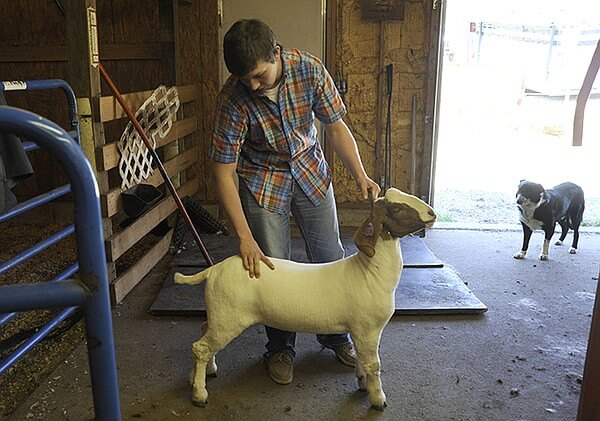
If you are stepping into this world for the first time, we highly recommend getting a mentor to guide you through selecting, breeding, and preparing your wether goat for a goat show.
A good mentor will have years of experience in all the important processes involved in goat breeding; their advice and guidance become crucial when it comes to important factors such as what to feed, how to groom, and various other points of showmanship that need to be given ample amount of emphasis for increasing your chances at winning the show.
A highly recommended approach is to build strong connections with breeders and sellers; this will help you gain invaluable insights that can give you an edge over the competition, especially if you have an experienced breeder as your mentor.
If you’re already well-versed in the various selection, feeding, and breeding techniques, we can move on to the next point to keep in mind.
2. What Do We Know? What Have We Learnt?
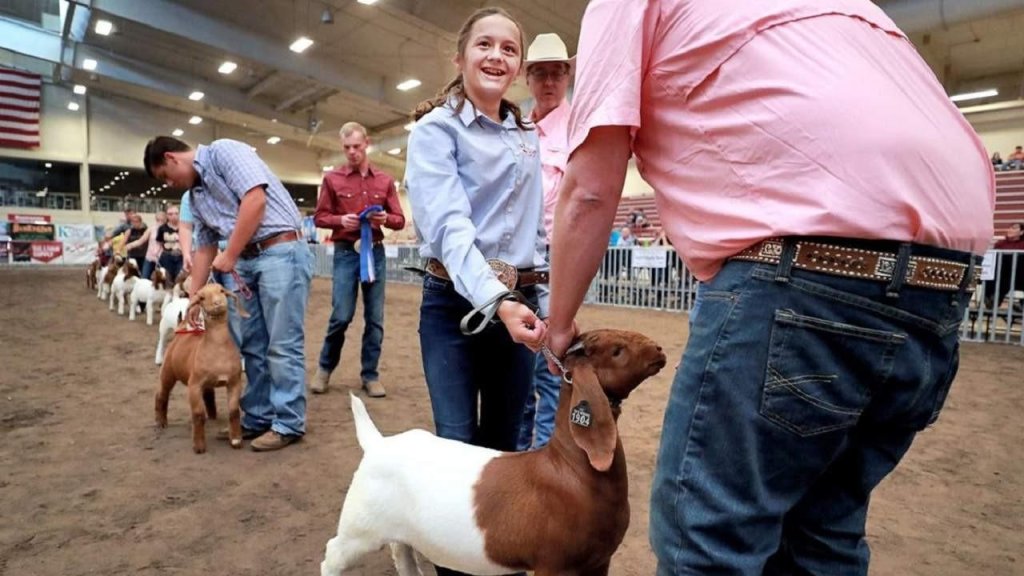
Asking the right questions is the way to conquer a challenge such as the one in front of us. There are a lot of important questions that you need to ask yourself and your mentor/guide through this process.
Also, it’s much better to start noting down these questions somewhere and make a list of them, as these will help make things more organized and ensure no important information is left out.
Some of the important questions that should make your list are:
- What are your goals as an exhibitor?
- What sort of timeline do you have according to the show dates?
- How much assistance is required by you, and in which processes?
- How and what did last year’s winners do differently?
- What are the advantages that you have over your competition?
- How well do you understand the rubrics for the competition?
- Where do you currently stand, and where do you have to reach?
These questions will help you make educated and well-thought-out decisions about the various processes involved in competing and winning a goat show.
3. Selection Process
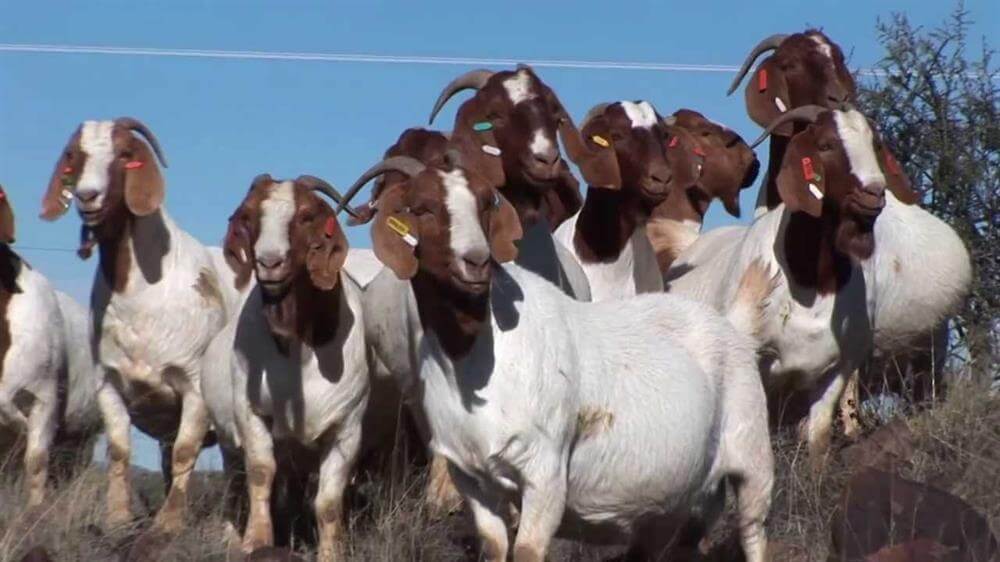
While selecting the most suitable breed for the goat show, various factors are to be considered, causing even the slightest mistakes in picking the right breed can cost you the entire show.
Also, some shows impose certain weight limits on the participants, so ensure you know this and other implications in the show’s rule book.
The seasons of the goats are also a major filter that should be considered while buying goats; one has to make sure they know the clear-cut difference between fall-born vs. spring-born goats, as different ones are suited for different-seasoned shows.
Then there are factors related to the goat itself, for example, the overall quality of the stock of the goats the seller is offering and the structure of the goats’ bones and body.
There is an important check for muscle development that forecasts the growth potential of the goat based on the current state of muscles and the overall health and fitness of the goat/goats on sale.
Also, the mentor you choose to guide you should be able to make out the potential shortcomings in a goat that may never heal and would render the goat useless for a show.
4. Needs and Requirements
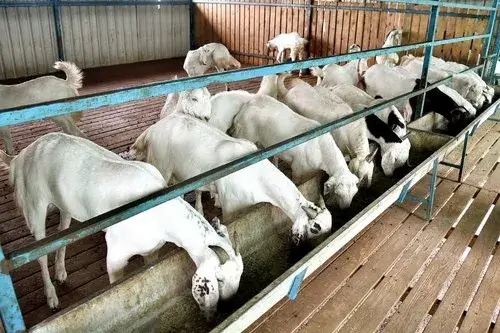
To keep and breed goats that turn out to be one in a million, it has to have facilities that are worth millions, the goat houses should have ample space to be well-ventilated, the drainage works should be on point, and the fencing should be made proper and sturdy.
A goat breeder needs to make the right expenditure on the necessary tools and equipment that will be used for caring for the goats throughout the process of breeding and preparing for the final show.
These include high-quality feeders, tools for grooming and cleaning the goats to make sure they look presentable, and proper scales to measure the weight and BMI of the goats throughout their growth period.
And most importantly, water troughs that are cleaned timely and with fresh and purified water supply.
Conclusion
All in all, we have discussed the importance of having the right guidance, asking the right questions, choosing the right candidate, and the things needed to win the show.
As we discussed earlier in the article, timing is of the essence, both in picking the right goat and planning the entire journey to the show, and we highly advise you to stick to your timelines.
So accept the challenge, learn from each encounter, and relish the experience of presenting your wether goats at the February show.
All the best!

